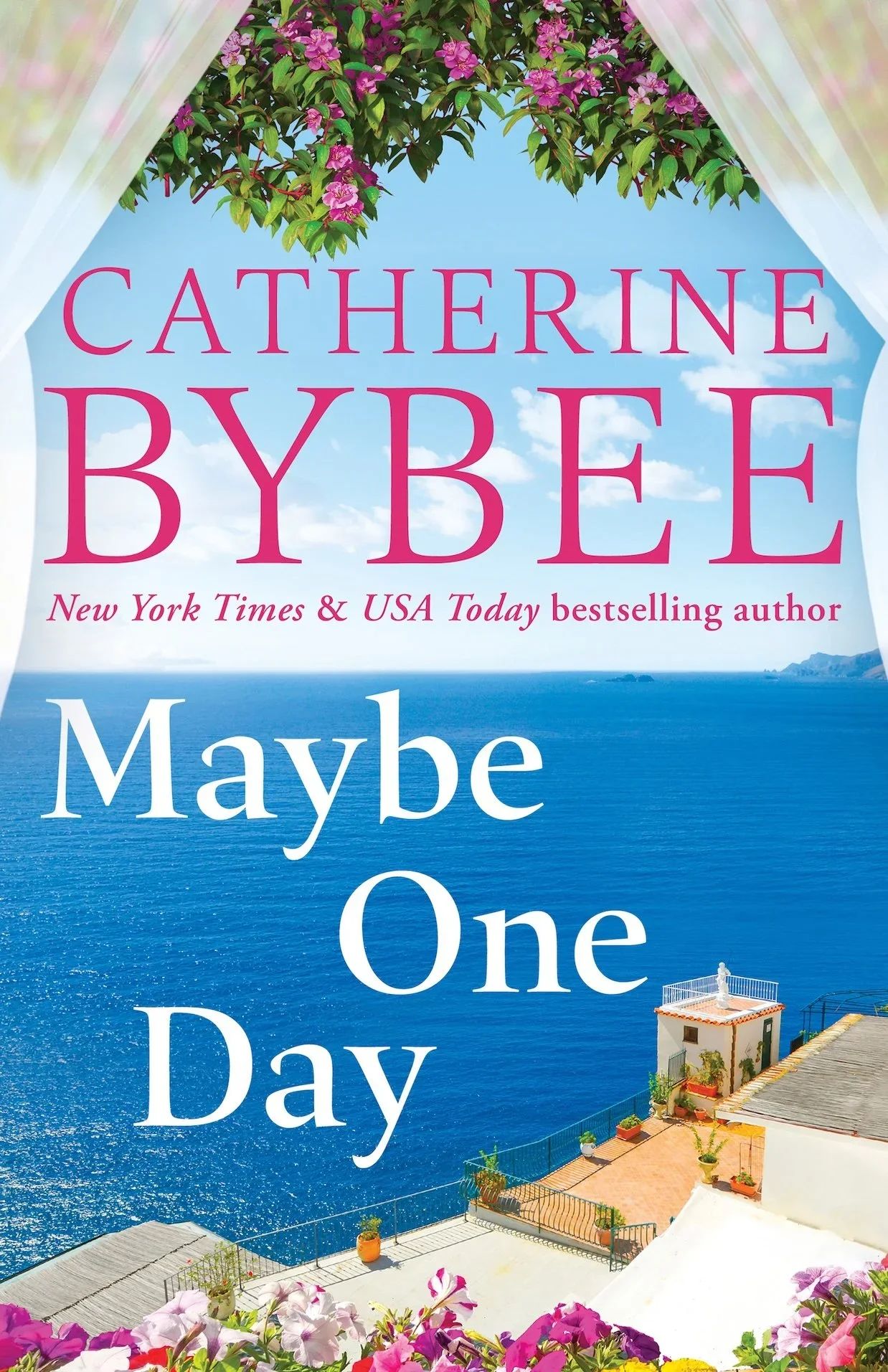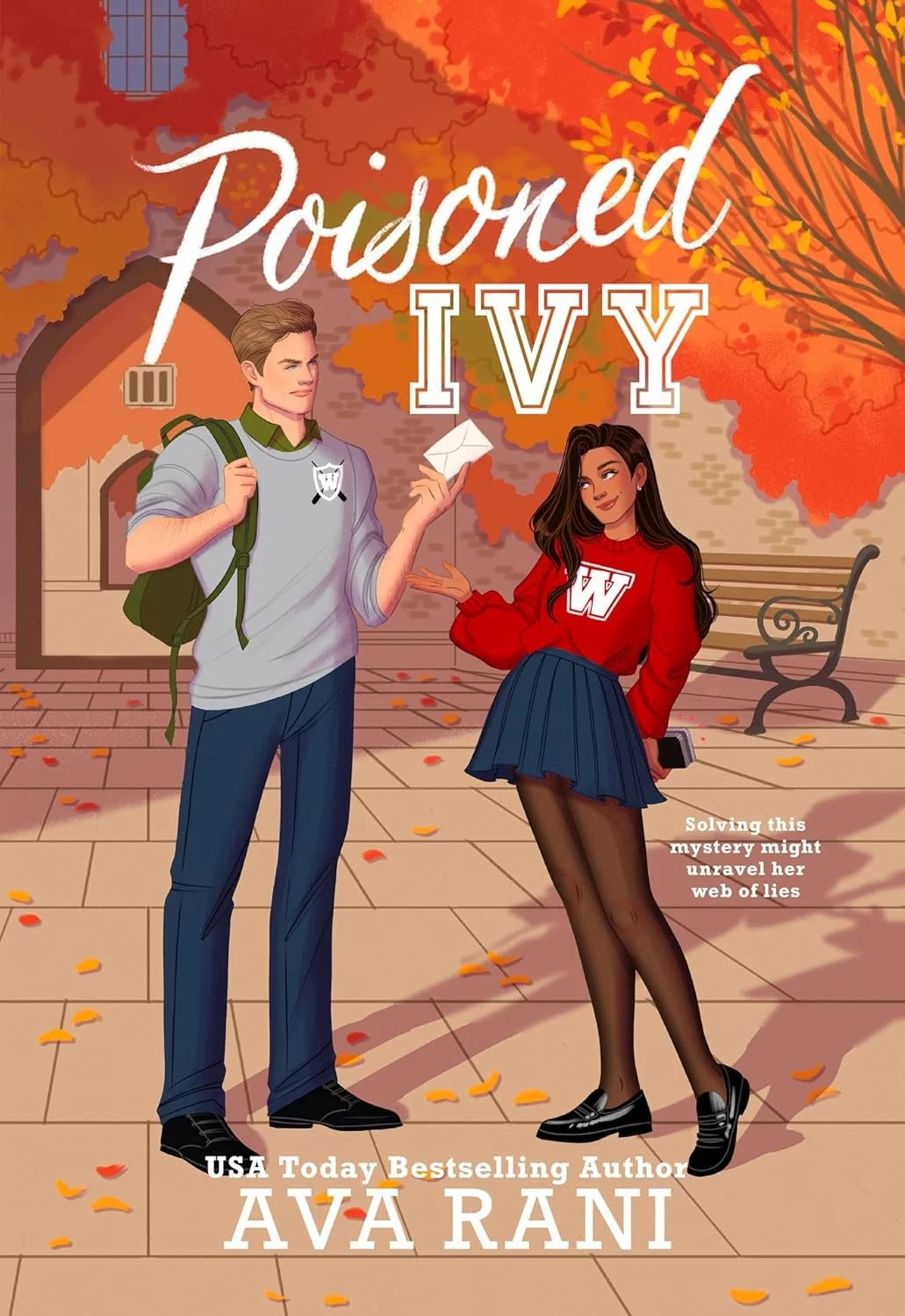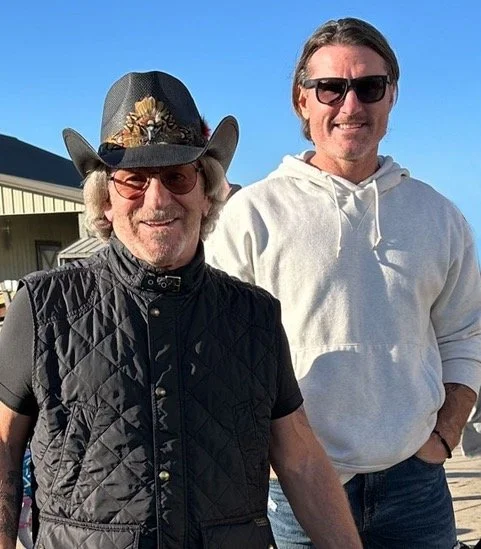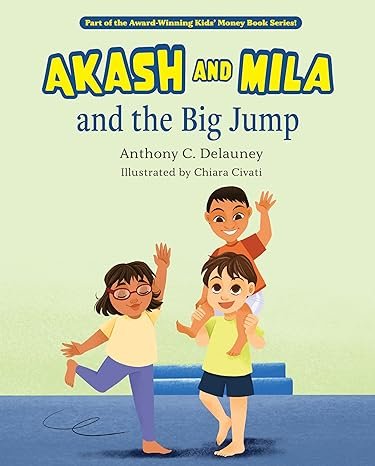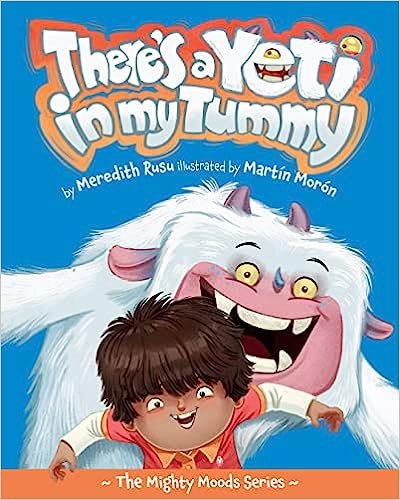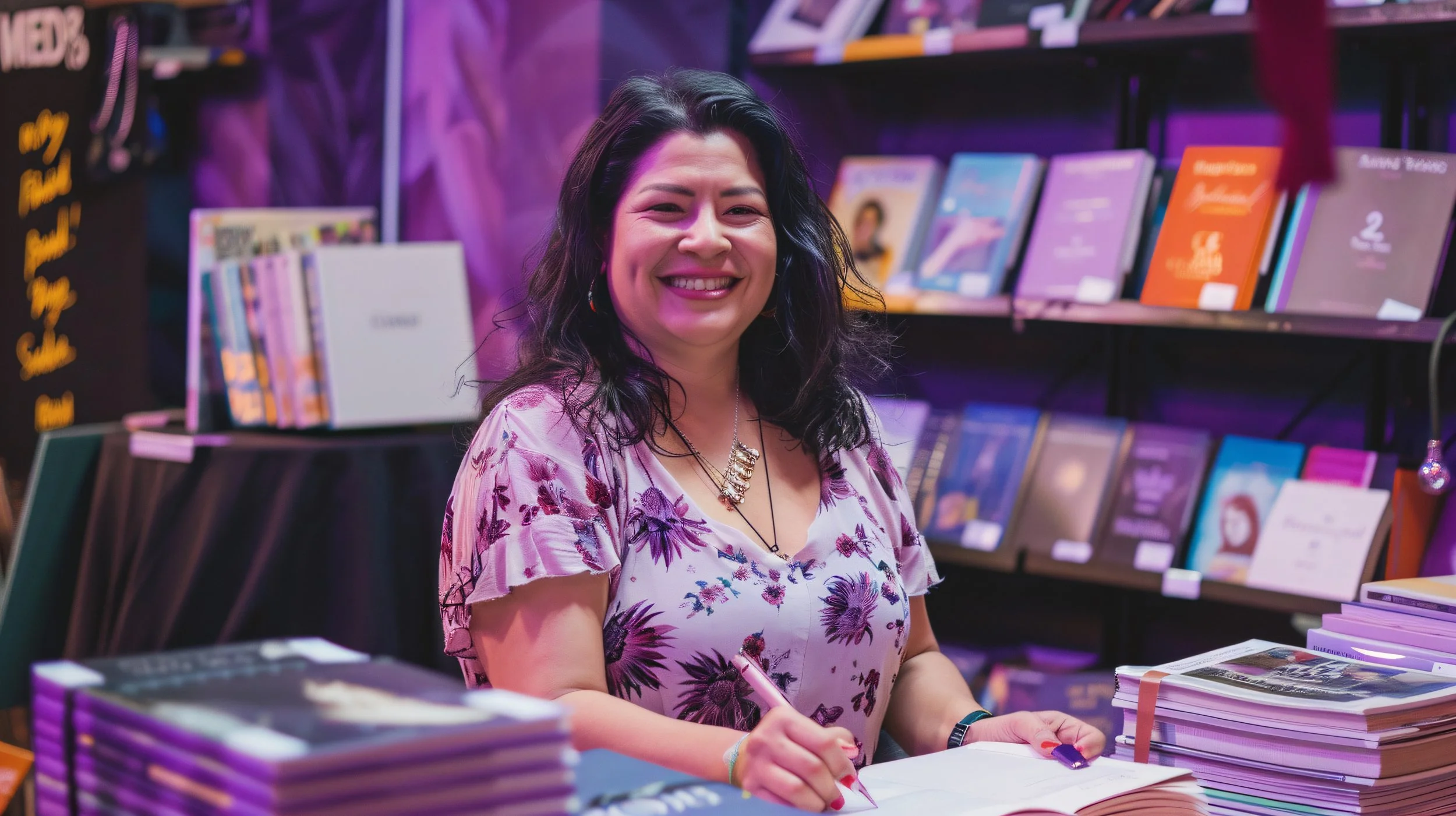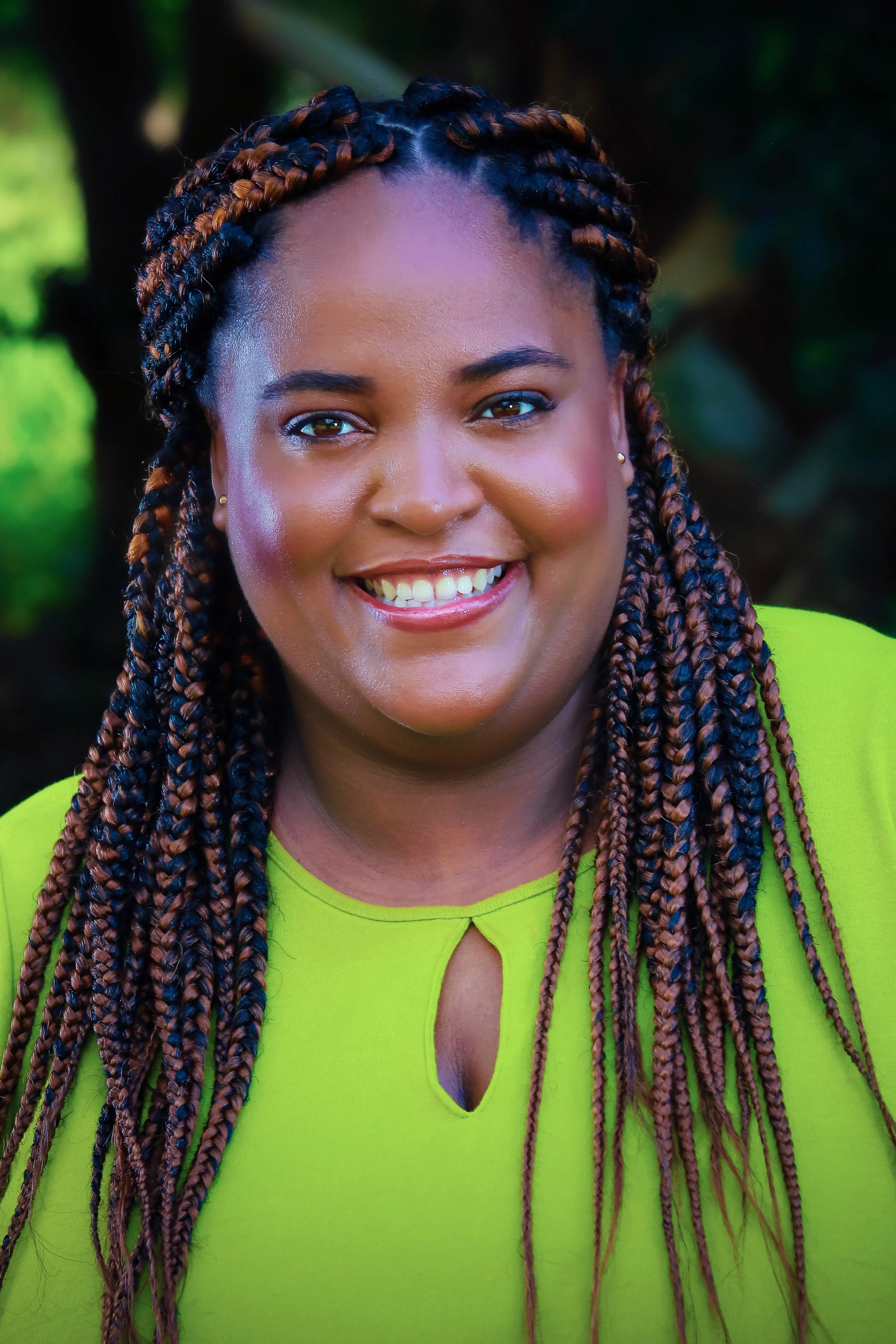Q&A with Jess Montgomery, author of The Widows
/How did you find the idea for THE WIDOWS?
As I was planning a trip to visit our younger daughter for her birthday weekend at Ohio University, in Athens County, Ohio, I ran across a tourism website for Vinton County (just southwest of Athens County), which featured Maude Collins, Ohio’s true first female sheriff in 1925 after her husband was killed in the line of duty while writing a speeding ticket. Inspired by Maude’s story, my imagination sparked Lily Ross. In her case, her husband’s tragic death is not so clear cut. Lily’s sheriff husband Daniel is murdered in the line of duty.
THE WIDOWS is centered on Lily Ross’s quest to find out who murdered her husband, but is told from the point of view of two narrators. Can you tell us more about that?
At first, I wrote only from Lily’s point of view. But she has a specific view of her husband, Daniel, and is missing (at first) vital information that helps her eventually discover not only his murderer but also a more complete view of who he is.
So, I experimented with writing from the murderer’s point of view—which I quickly abandoned, though it gave me insight into the murderer’s motive, so the effort wasn’t wasted. Then I tried writing from Daniel’s point of view—a life-flashing-before-his-eyes approach. That felt forced, but again, the effort wasn’t wasted as I grew to understand Daniel—his motives, personality, faults, point of view.
From those experimental bits of writing (probably 150 pages in all!), another character emerged—Marvena Whitcomb, Daniel’s childhood friend. She is a foil to, yet also an unlikely ally for, Lily. Marvena is a widow whose common law husband died in a mining accident, and a unionizer.
THE WIDOWS is told from the points of view of these two women, who together solve the mystery of who killed Daniel.
THE WIDOWS is set in 1920s Appalachia. What did you like about this setting, in terms of both place and time, and what were some of the positives as well as challenges in creating this backdrop?
The inspiration for THE WIDOWS required the time period and setting. Though it is still relatively rare for women to work as sheriffs or as officers in a sheriff’s department, it was startlingly unusual in the 1920s. My guess is that it was also expedient and practical in the real-life situation—Maude had experience as her husband’s jail matron and knew how the system worked, and was already living in the sheriff’s house. In a bigger county, with multiple full-time deputy officers, one of the deputies would have most likely filled in for the sheriff. The remoteness and small population, and the small office, with only a sheriff, a jail matron, and as-needed part-time deputies, contributed to Maude (and Lily) being asked to serve as sheriff.
I do think it is interesting to note, though, that in real life, Maude ran as sheriff in her own right in 1926—and won in a landslide!
My family of origin is from Appalachia, albeit a different part of the region, going back as many generations as can be accounted for. So, I delighted in tapping into those roots to weave in threads of my heritage and the rich Appalachian culture—dialect, foods, crafts, attitudes, music.
I also very much liked writing about a setting that “1920s” usually doesn’t bring to mind. So often, we think of glitz, glam, sparkly cities, and flapper girls as the first images that come to mind about the 1920s. All of that is great—but what about rural life in the 1920s? I was fascinated to explore that.
However, that made research a challenge—particularly about day-to-day life in rural areas of the 1920s. The details would very much depend on which part of the country a person was living in at the time.
The positive aspect is that the region of Appalachia in which THE WIDOWS is set has a rich history that pulls in so many issues that challenged (and in some cases, still challenges) the larger culture--women’s rights, workers’ rights in conflict with management, coal mining, unionization, and moonshining—to name just a few. I’m delighted that I have a wealth of material to draw on for future titles in the Kinship Mystery Series!
One of the minor characters—Marvena’s young daughter Frankie—loves to sing, and you include a few scenes in which her singing is featured. Can you tell us more about that?
I grew up hearing, learning and singing Appalachian ballads, which often center around all sorts of drama—love won and lost, tragedies, and yes, murder. So including a ballad is part of my homage to that aspect of my inspiration for THE WIDOWS.
I also grew up with many old-time gospel songs. My favorite—mournful as it is—is “Precious Memories.” Such songs often give voice to grief in difficult times when it would otherwise be hard to express those emotions. It was realistic to include a few such songs, and also showed emotions of the community at large as the drama unfolded.
The Kinship Tree is an unusual spot in THE WIDOWS—a conjoined tree of three species, alongside the Kinship River. Why did you include this spot in the novel?
Conjoined trees are rare—especially of three species. I wanted to include such a tree, both for the symbolism of fates and lives intertwined, and because such a rare tree adds a note of mystery to the entire setting and world of THE WIDOWS.
Anything else you’d like to add?
Thank you for having me! I hope readers will enjoy THE WIDOWS—the journey that Lily and Marvena take together to both solving the mystery of Daniel’s death and coming to terms with their relationship and community. I also hope book groups will enjoy THE WIDOWS. I’m grateful that my publisher, Minotaur Books, developed a set of readers’ group/book club questions, which I’ve linked to on my website, www.jessmontgomeryauthor.com


